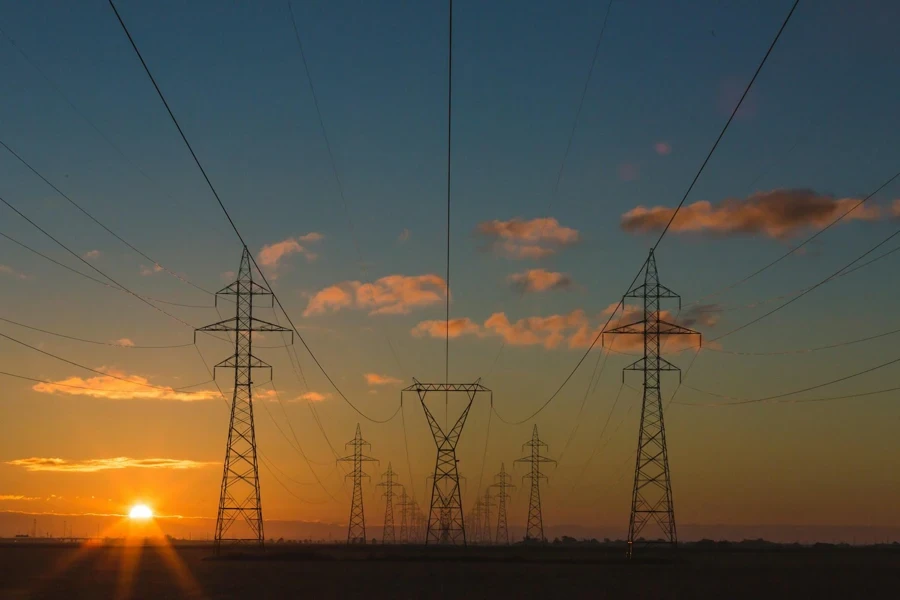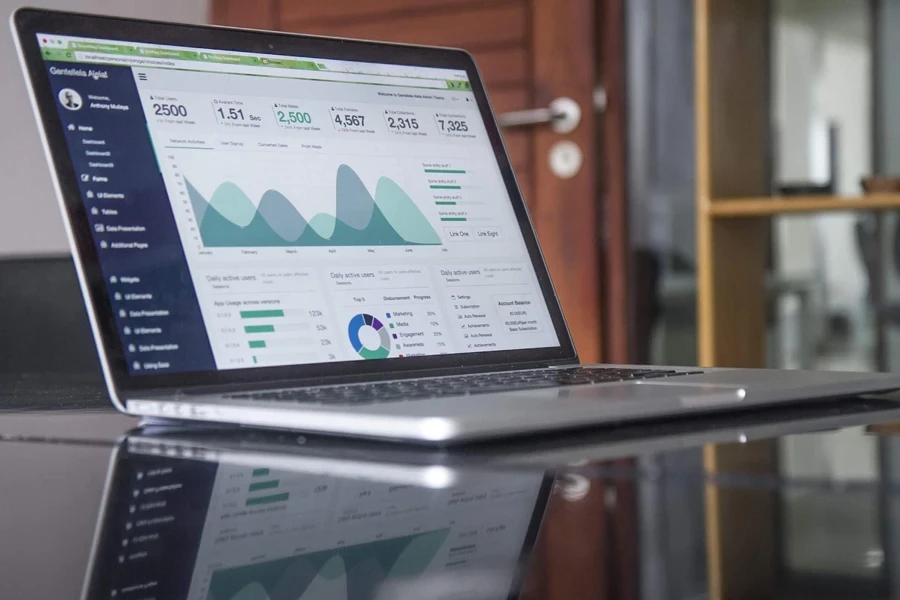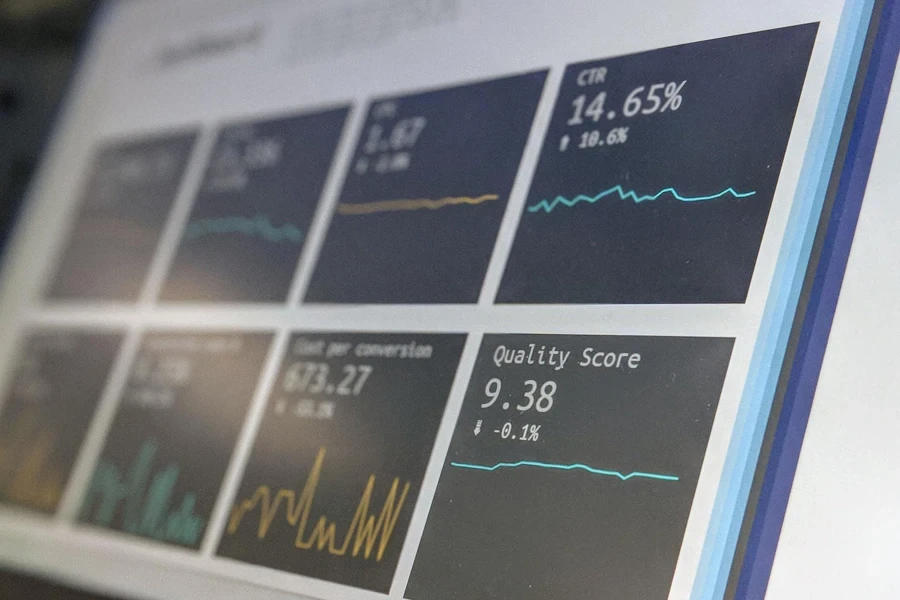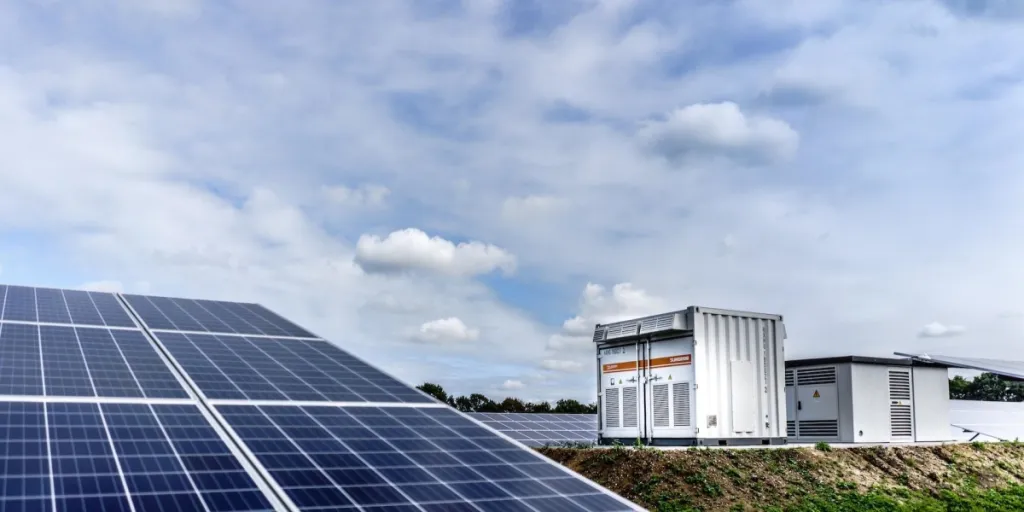Are you looking to optimize your solar energy resources? If this is the case, you’ll need a robust energy storage management system first.
But, in a market saturated with offers, choosing the right options can be a challenge. That’s why we’ve written this guide to help you select the perfect energy storage management system (ESMS) for your solar power plant.
We’ll touch on everything you need to know about energy storage technologies, what an ESMS does, and why it’s critical for your solar energy system. We’ll also highlight the key factors to take into account when buying an ESMS in 2024.
Table of Contents
What is an energy storage system?
Understanding the importance of energy storage management systems
What does an ESMS do?
Factors to consider when buying a solar energy management system
Wrapping up
What is an energy storage system?
One of the challenges with renewable solar energy is that the sun doesn’t shine 24 hours a day. So, solar plants can only receive and produce energy intermittently.
An energy storage system plays a crucial role in addressing this problem. When the sun is shining, excess energy can be stored for later use during periods of low sunlight or high demand. This ensures a continuous and reliable power supply and maximizes the efficiency and economic viability of solar installations.

Understanding the importance of energy storage management systems
An energy storage management system (ESMS) is a sophisticated and integral component of a solar power plant. An ESMS optimizes the performance, efficiency, and reliability of energy storage systems. These systems are particularly crucial in the context of renewable energy, such as solar and wind power, where the variability of energy generation poses challenges to maintaining a consistent and reliable power supply.
The primary function of an ESMS is to intelligently control the charging and discharging processes of energy storage systems. This means that the energy is used optimally, considering demand, grid conditions, and other factors. To do so, energy storage systems use some type of batteries, typically lithium-ion batteries or lead-acid batteries. These battery energy storage systems then open the electricity supply when it’s needed for operations or the grid.

What does an ESMS do?
There are several functions that an ESMS is responsible for in energy management. Here are a few things that an energy storage management system can do for your solar plant.
Intelligently manages energy
One of the critical functions of an ESMS is to determine when to charge the energy storage system, typically during periods of excess renewable energy generation. So, when too much energy is generated rather than used, ESMS control systems will divert the energy to being stored. The ESMS also controls the discharge of stored energy; during peak energy usage periods, it will optimize grid interactions and ensure energy flows toward operations.
Intelligent management uses advanced algorithms to optimize the overall performance of the energy storage system. These algorithms implement load-shifting strategies to balance energy supply and demand. They can also prioritize energy usage based on critical needs, grid conditions, or user-defined preferences.
Manages batteries
An ESMS monitors and manages the health and charge state of battery storage where solar power plants store energy. It can balance individual cells within the battery pack to prevent overcharging or over-discharging, thus prolonging battery life.
Integrates with solar panels
The ESMS is the broker between your energy generation and energy storage systems. It ensures seamless integration with your renewable energy sources, including solar panels. This means that the two systems function harmoniously, responding to supply and demand as needed.
Interacts with the grid
On top of dialoguing with solar panels and energy storage systems, the ESMS also works with the power grid, if your system is connected to one. It monitors the electrical grid‘s stability and provides frequency regulation services by adjusting the output of the energy storage system.
Enables remote monitoring
On the user side, ESMSs provide a critical feature: remote monitoring of the energy storage system’s performance in real time. The ESMS can send alerts and diagnostics for potential issues, allowing for proactive maintenance and troubleshooting.
All of this happens on a user-friendly interface for operators to monitor and control the energy storage system.
Plus, users can set preferences, customize settings, and access historical performance data. They can also generate reports in just a few clicks, contributing to transparency, compliance, and accountability.

Factors to consider when buying a solar energy management system
If the features above sound like the right next move for your solar power plant, then read on. In this section, we discuss the factors you need to take into account when selecting an ESMS.
Compatibility
Check whether the system is compatible with the rest of your devices. This is critical since an ESMS is useless if it can’t integrate with your solar panels, batteries, energy storage, etc.
Look for systems that support standard communication protocols to facilitate integration with other smart home or building automation systems. The more versatile the system, the easier it will be for you to scale up or down as needed in the future. It will also delimit which products you opt for when making upgrades and changes.
Capacity and scalability
How much energy are you producing now, and what are your future projections? You’ll need a system as sophisticated or simple as your needs. The most advanced system may not be the optimal choice if you are only managing a few solar panels on your rooftop. However, you may need a robust ESMS for a utility-scale power plant with high power demands. Also, consider scalability options to accommodate future expansions or changes in energy demand.
Smart energy management
Opt for systems equipped with advanced energy management features for efficient load balancing and grid interaction.
Smart management capabilities enhance the overall performance and reliability of the energy storage system. As such, investing a little more in a smarter system can increase your return on investment significantly, including system longevity, energy efficiency, and maintenance.
Monitoring and analytics
Choose a system with robust monitoring and analytics capabilities to track energy storage performance in real time.
Remote monitoring allows for proactive maintenance and issue resolution. This will enable you to prevent failures and energy loss. It will also protect your systems from major faults, costing less in maintenance and replacements.
Data analytics capabilities are vital for gaining insights into electricity demand and energy usage patterns, identifying potential issues, and optimizing system performance. Choose an ESMS that provides detailed analytics and reporting features, allowing you to track energy production, consumption, and savings over time. Clear and actionable reports can help you make informed decisions for better energy management.
Warranty and support
Finally, review the warranty terms and conditions provided by the ESMS provider. Consider the availability of customer support and maintenance services to address any potential issues promptly.
Wrapping up
Investing in a reliable energy storage management system is a strategic decision for solar plant owners looking to maximize the benefits of solar energy. As the renewable energy landscape continues to evolve, a well-chosen ESMS will help you optimize your solar power plant and protect it from faults.
Want to learn more about solar energy generation? Alibaba.com is your go-to source for everything solar. Read more on our blog.




